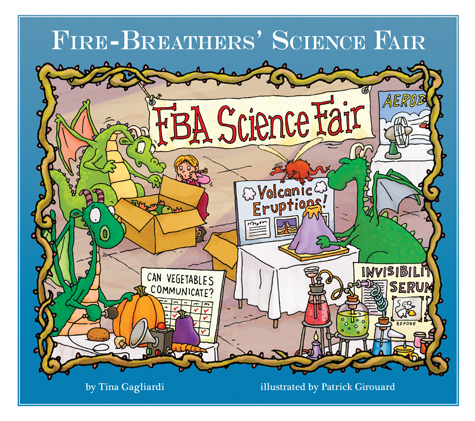Elephant Dance: A Journey to India
Author: Theresa
Heine
Illustrator:
Sheila Moxley
Publishing
Company: Barefoot Books
Copyright Date:
2004
44 pages
Multicultural -
India
I thought the illustrations seen within this book
were very interesting. They were all created with very bold, bright coloration
as you can see from the illustrations on the cover of the book. Sheila Moxley
did this with the use of acrylic. Her illustrations are all double spread as to
fully depict all of the Grandfather’s stories of India. The text was spread
across the top of both pages.
This book would be most suitable for younger
elementary grades. With that being said, I think this is a great piece of text
to use in the classroom. This text would be great in order to introduce India
to students. This text not only includes information within the story about
India, but it also includes a map in the story from where the Grandfather drew
India with Ravi. At the end of this book is a great section introducing what it
is like “Living in India.” This section includes information about the geography,
religions, culture, animals and food seen within the India. I would also use
this book to compare and contrast India to where we live. I think this would be
a great way for students to see just how different, and similar foreign
countries are to our own. The next way I would use this book within my own
classroom would be for your students to discuss what they would tell someone
about America much like Grandpa did with India. This would be a great activity
to reinforce the idea that our own cultural can be seen very different from
others.
